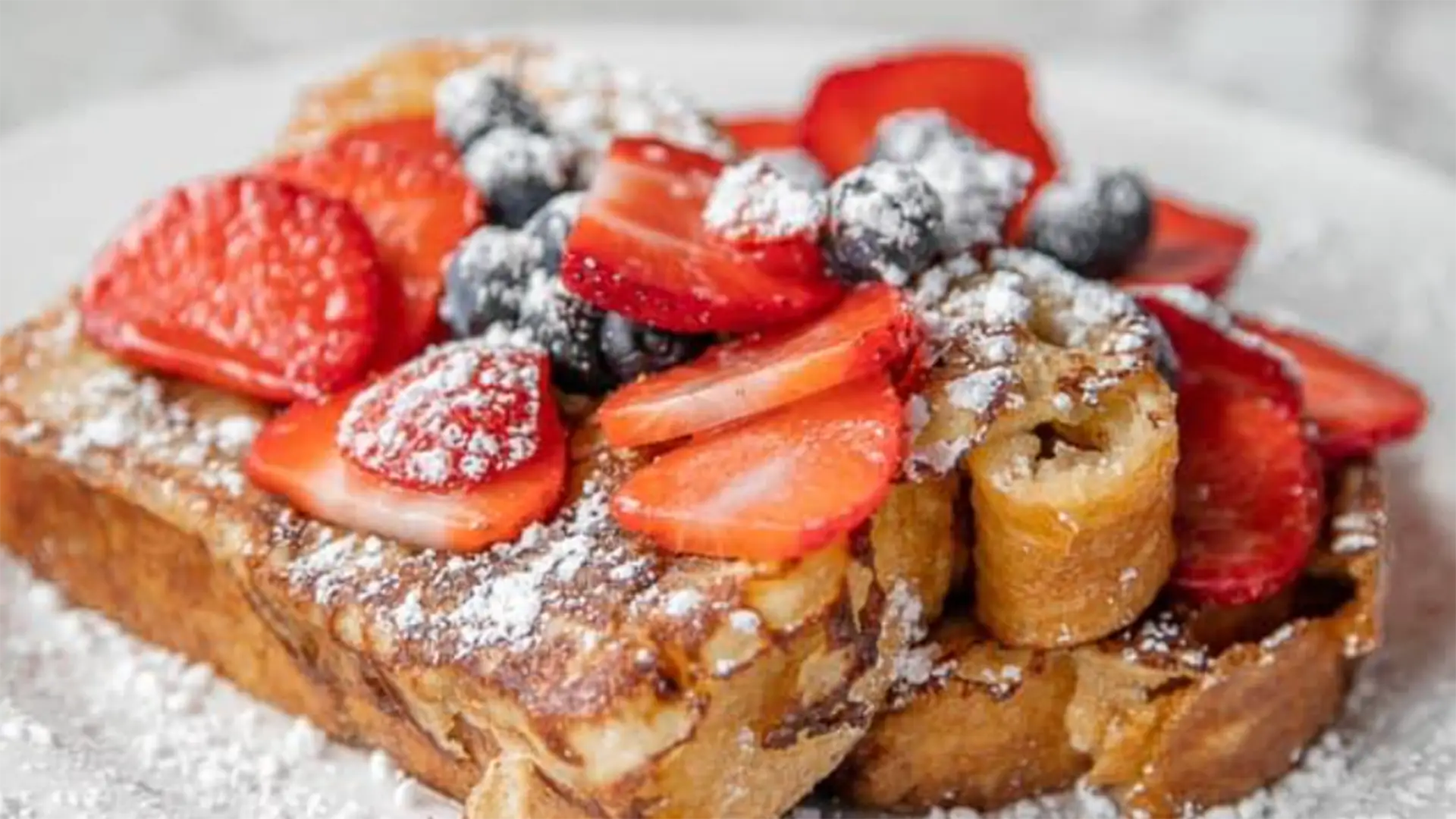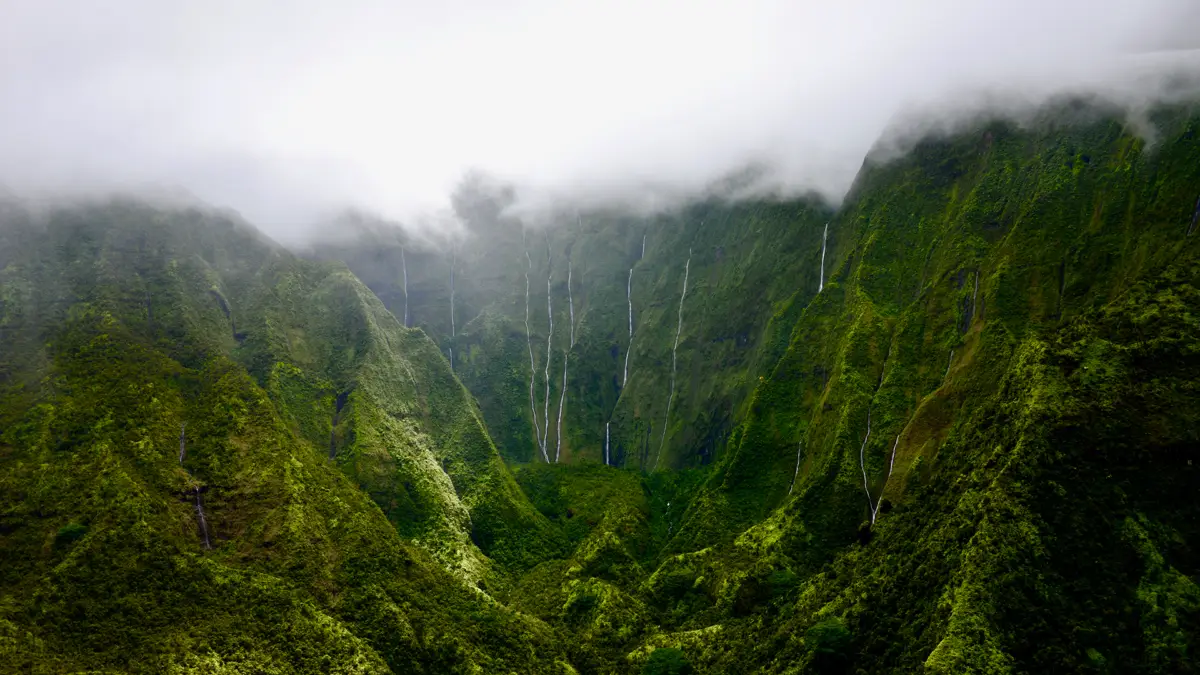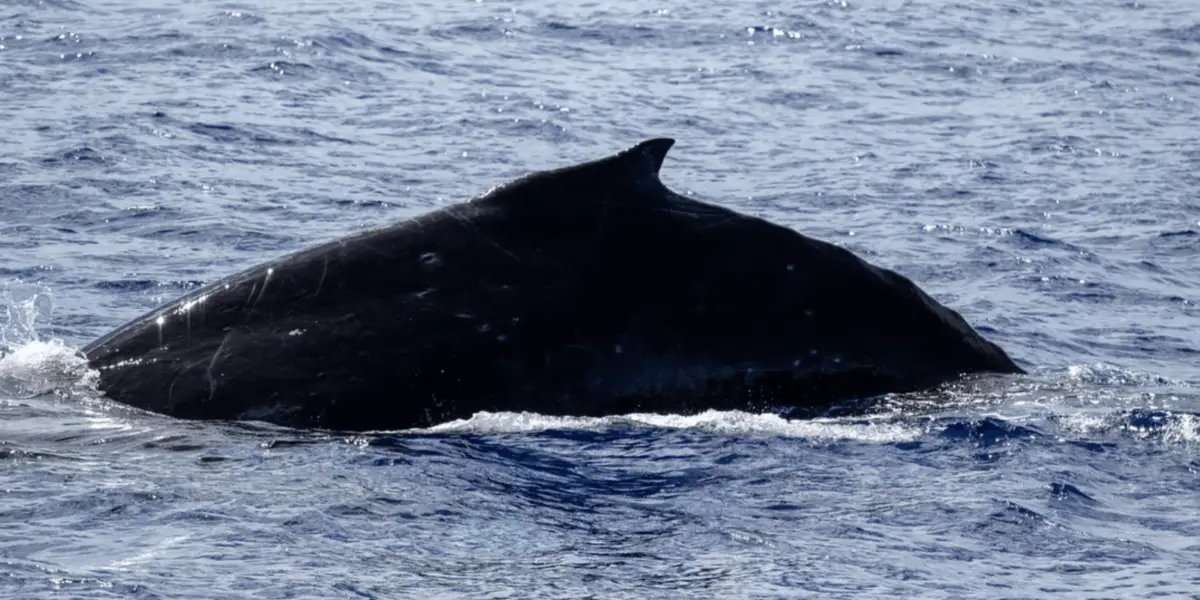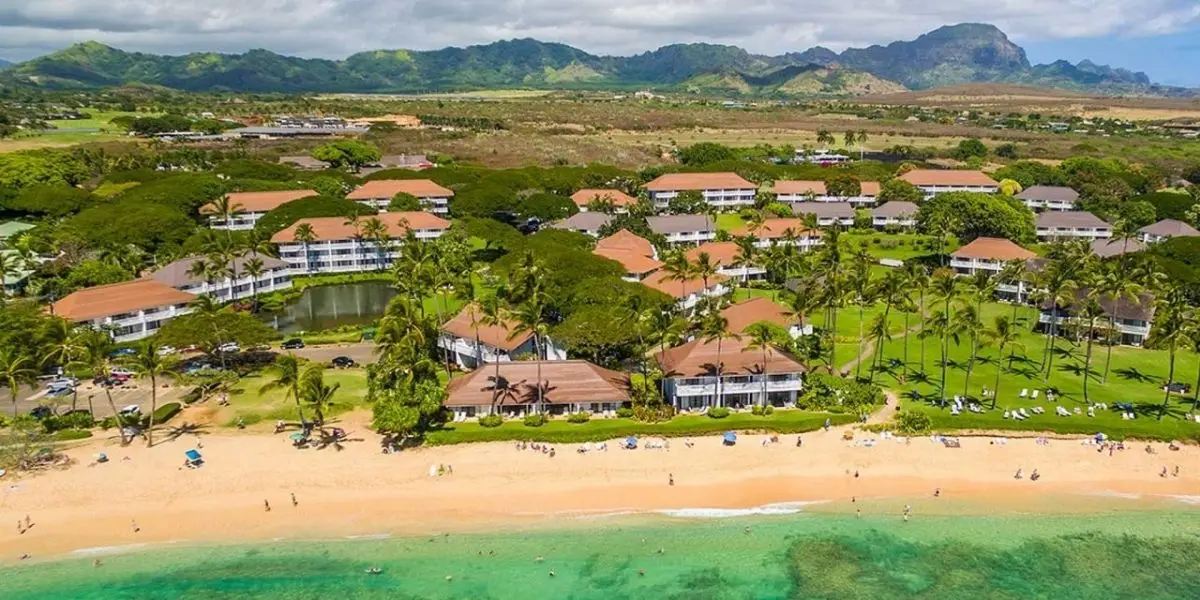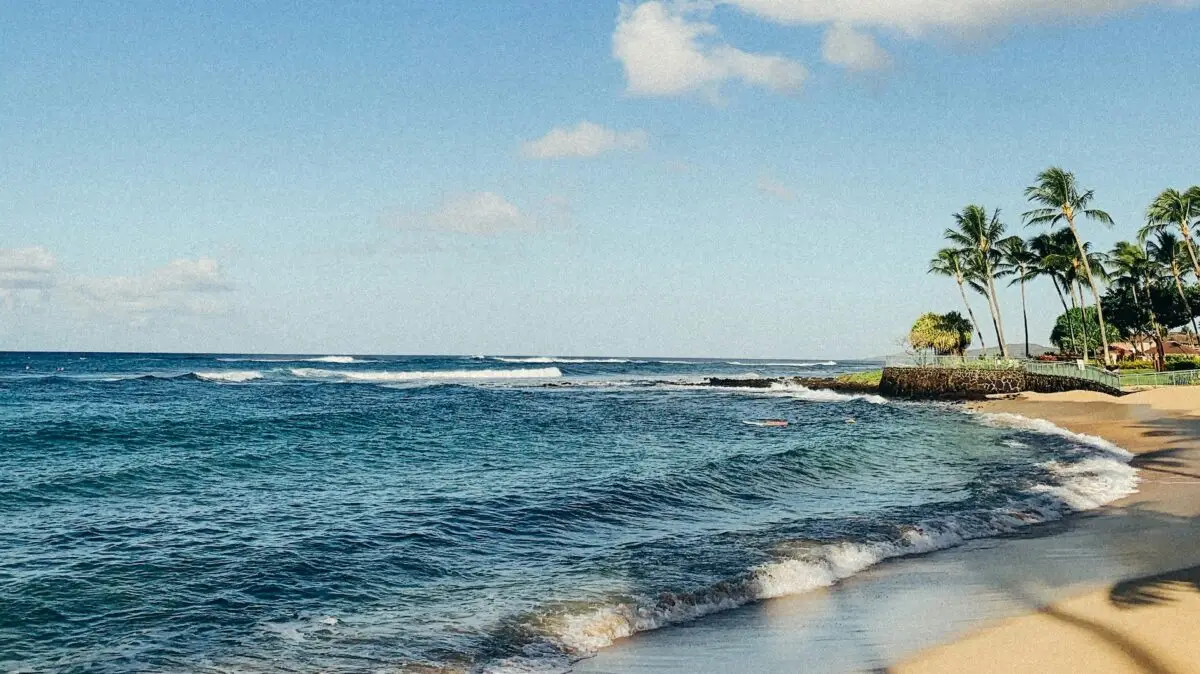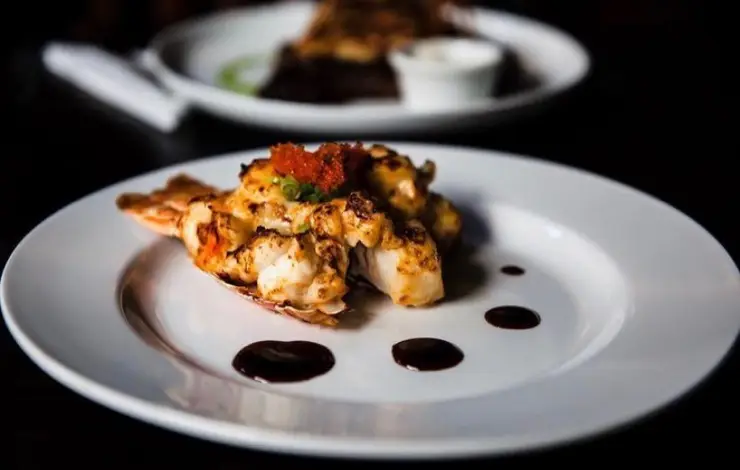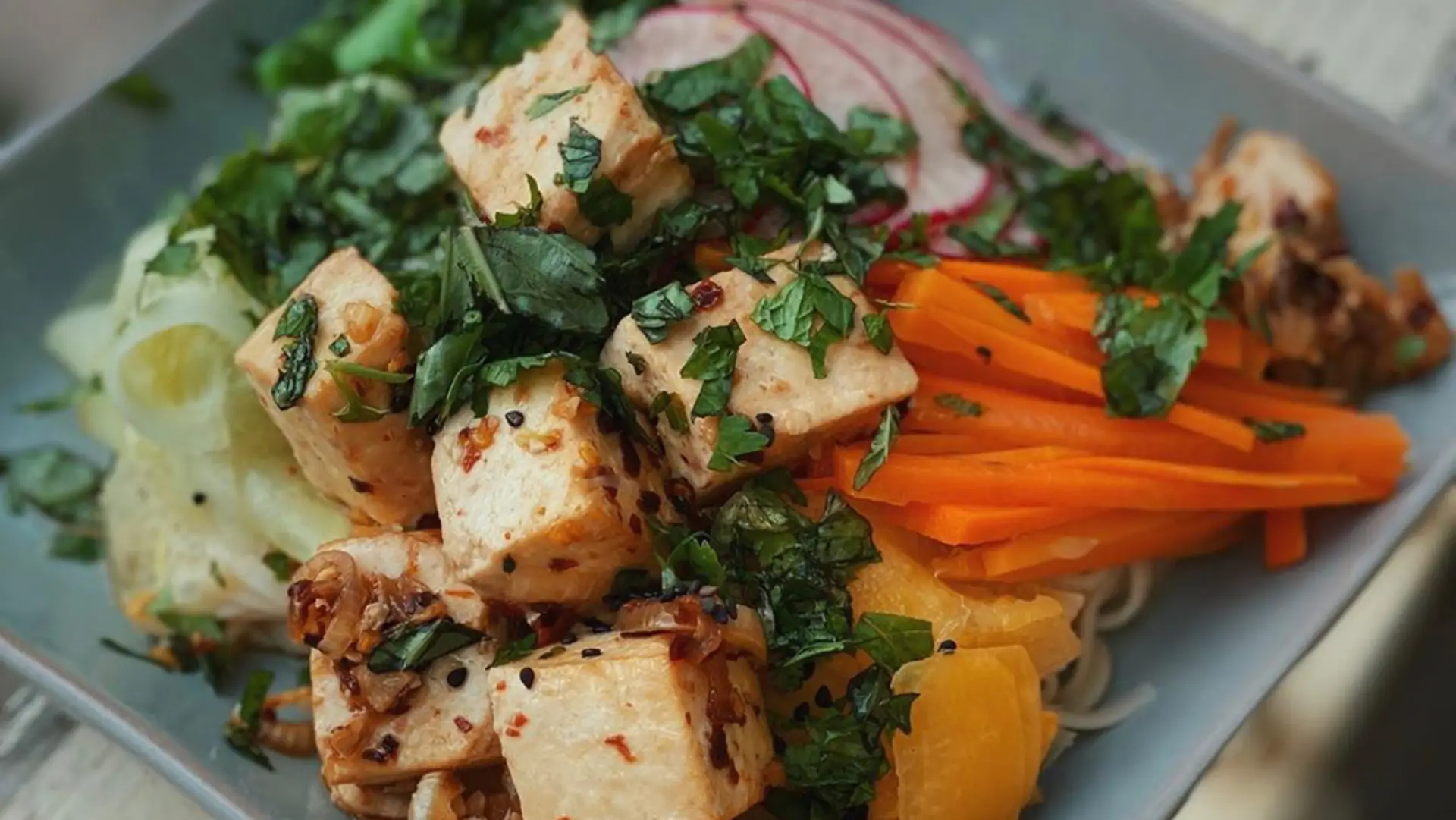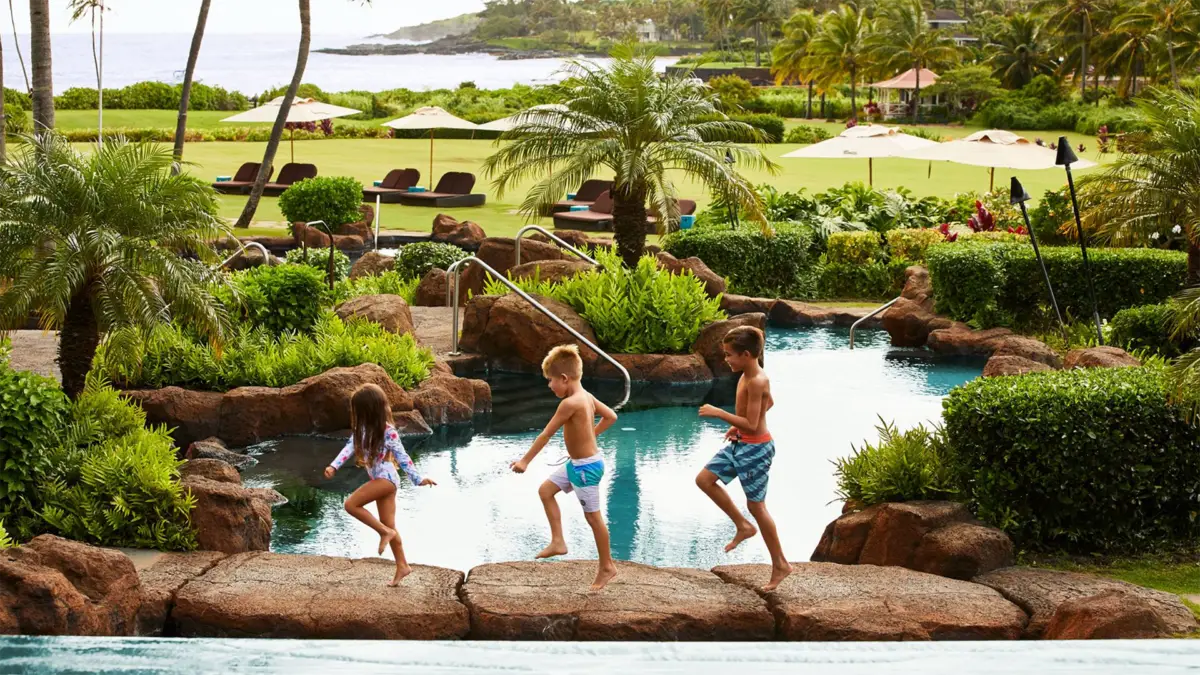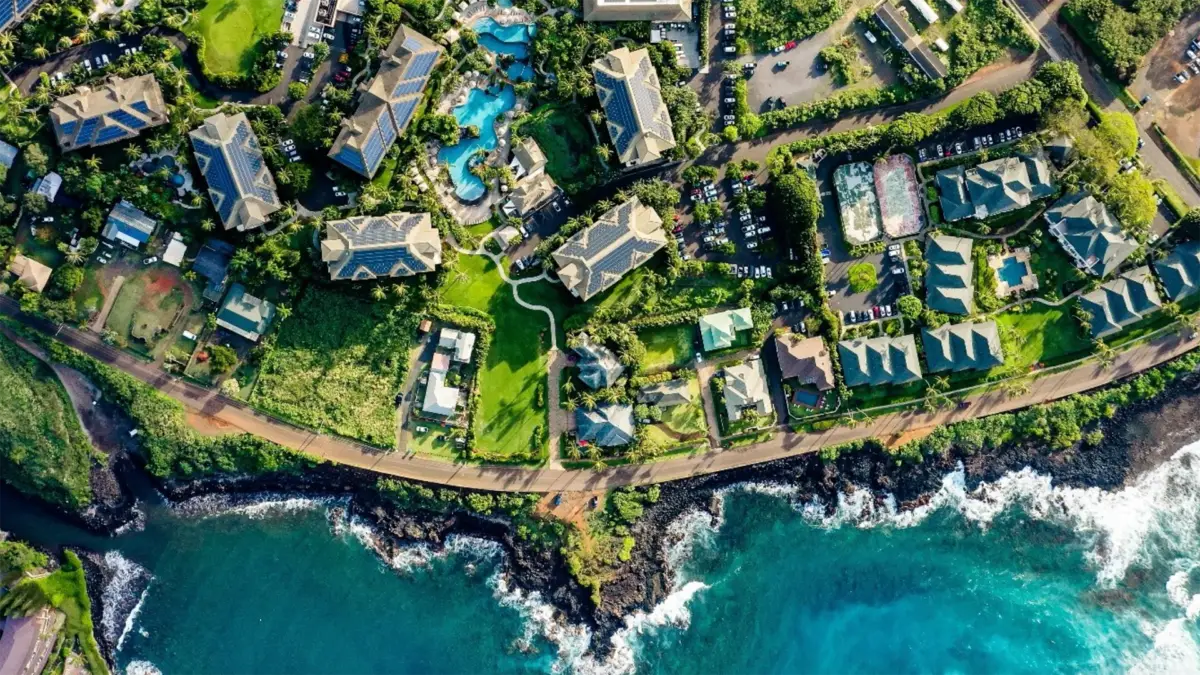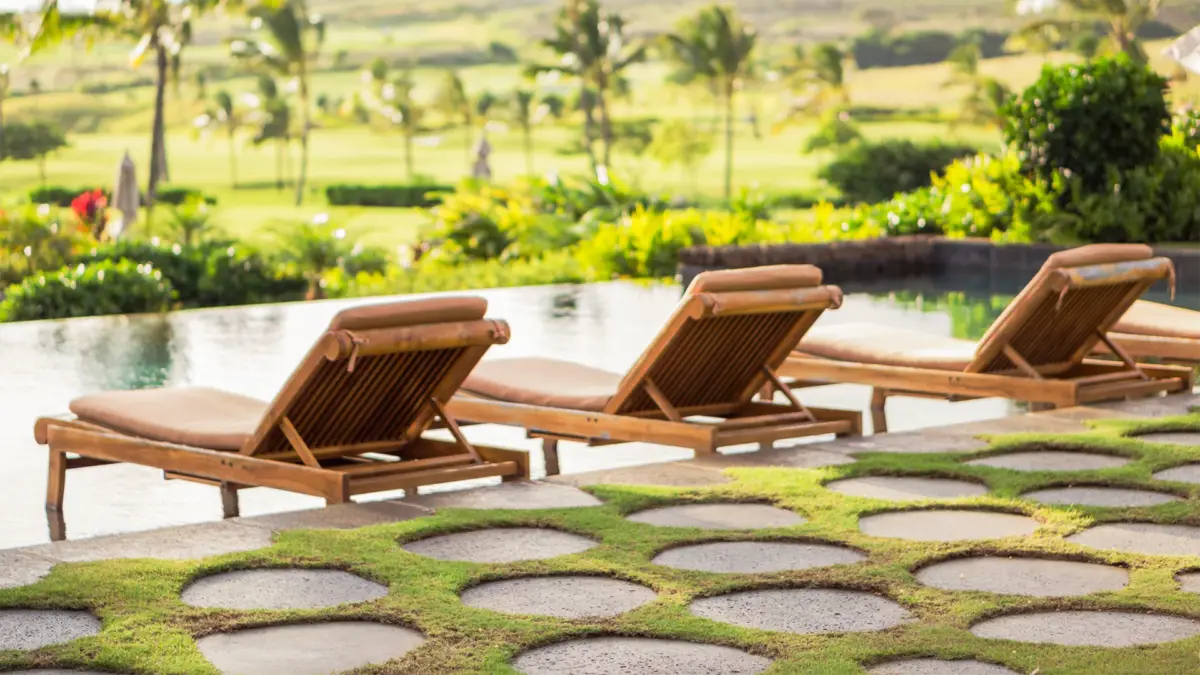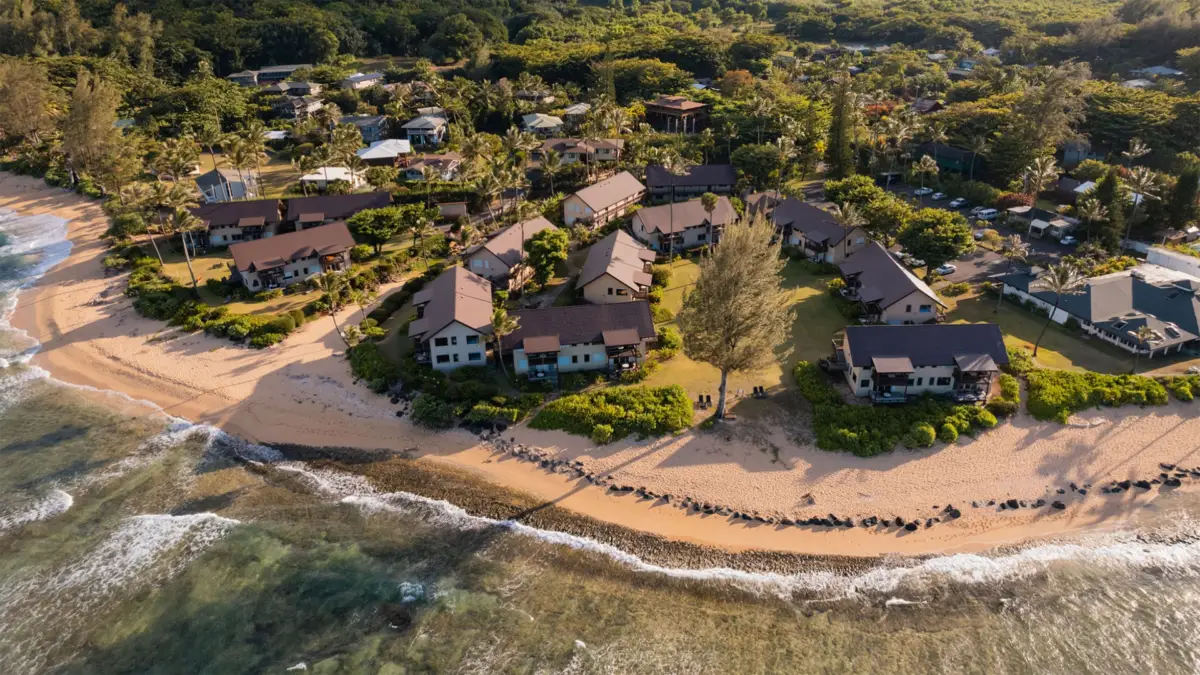Explore Central Kauai
Travel Central Kauai Like a Local
Top restaurants, hotels, and activities featuring the best of Lihue and Central Kauai
- Lihue means “cold chil.”
- Lihue is the government and commercial center of the island.
- The Ninini Beach lighthouse near Kalapaki Bay has been in operation since 1897.
- Legend holds that the Alekoko (Menehune) Fishpond was built by mysterious beings called menehune about 1,000 years old.
- The town of Kapaa, which means “the solid” or “the closing,” is the most populated town on Kauai.
- This region boasts the most motels and other affordable lodging options on the island.
- Remote Mount Waialeale is one of the rainiest places in the world.
Lihue, correctly pronounced lee-who-eh but often heard as lee-who-ee, is the town everyone flies into. It’s the southern end of the Coconut Coast, which includes Waiua (why-loo-ah) and Kapaa (kah-pah-ah) to the north. is indeed studded with swaying palms, but encompasses so much more, from Kauai’s modern population centers to ancient temples and historic sites along the broad Wailua River. Shopping centers and commercial strips line the busy highway, where it’s easy to get caught in rush-hour traffic, but quiet beaches and tranquil hiking paths lie not too far away on either side.
A kaleidoscope of dining awaits, too, with clusters of food trucks vying with mom-and-pop diners and upscale purveyors of island favorites — including poke, sushi, fish tacos, locally raised beef and other farm-to-table fare. Families and budget travelers will find many lodging options in the cluster of condos, renovated motels and handful of full-service hotels. And though getting around by car can be slow at rush hour, renting a beach cruiser to ride the Ke Ala Hele Makalae coastal bike and walking path is a fun way to explore the beaches and historic coastal sites from Wailua to Kapaa.
You’ll need to drive to see two of the region’s stunning waterfalls — Wailua Falls (seen in the opening credits of Fantasy Island) and Opaekaa Falls — but they’re right off the road. To revel in Uluwehi Falls (also known as Secret Falls), you have to kayak to the start of an often-muddy hiking trail, but the views of green mountain ridges along the way are inspiring. You can also kayak to the Wailua River’s famed Fern Grotto, or enjoy the pleasant open-air boat ride with live Hawaiian music.
The last queen of Kauai, Deborah Kapule, used to welcome travelers to her leafy home on a lagoon in Wailua between the 1820s and 1840s. In 1896, German immigrant E. Lindemann planted the vast coconut grove on the site that remains there today. Also on view are the ruins of the Coco Palms hotel, opened in 1953 and the originator of Hawaii’s now-ubiquitous first torch-lighting ceremonies. Closed ever since 1992’s Hurricane Iniki caused substantial damage, the hotel lives on in many guests’ memories and in Elvis Presley’s 1961 film Blue Hawaii.
Lihue Sugar Plantion operated from 1849 to 2000, with its own railroad active from 1892 to 1960. Another German immigrant, Herman Widemann, started his own Lihue sugar plantation by hacking down a kukui grove in 1854. Known as Grove Farm, it’s now owned by AOL founder Steve Case, who grew up in Hawaii. The farm serves as a museum of the plantation era and the Wilcox family, who eventually bought it from Widemann and lived there for over 100 years.
Kapaa was a fishing village in ancient times and became a residential area for nearby plantations in the 19th and early 20th centuries. It really started to grow, though, during World War II, when miltiary service members stationed on the island prompted many shops to open. The closing of its sugar plantation in 1946 led to a shift to tourism, exemplified by the string of condos, hotels and motels on its long strip of sandy beaches.

